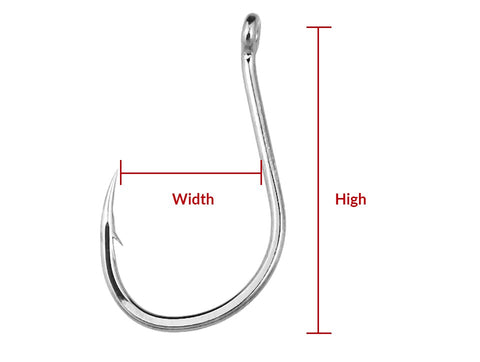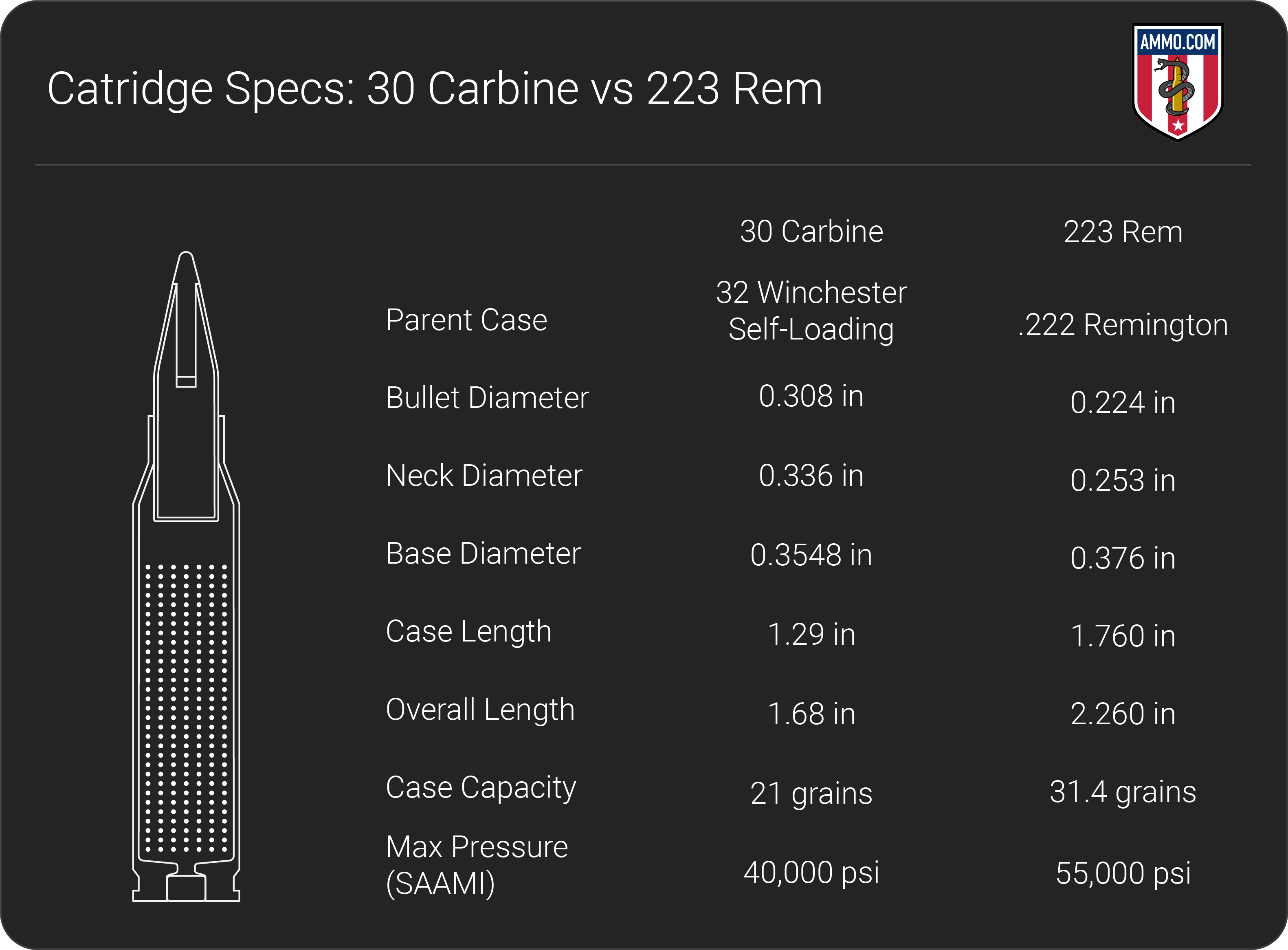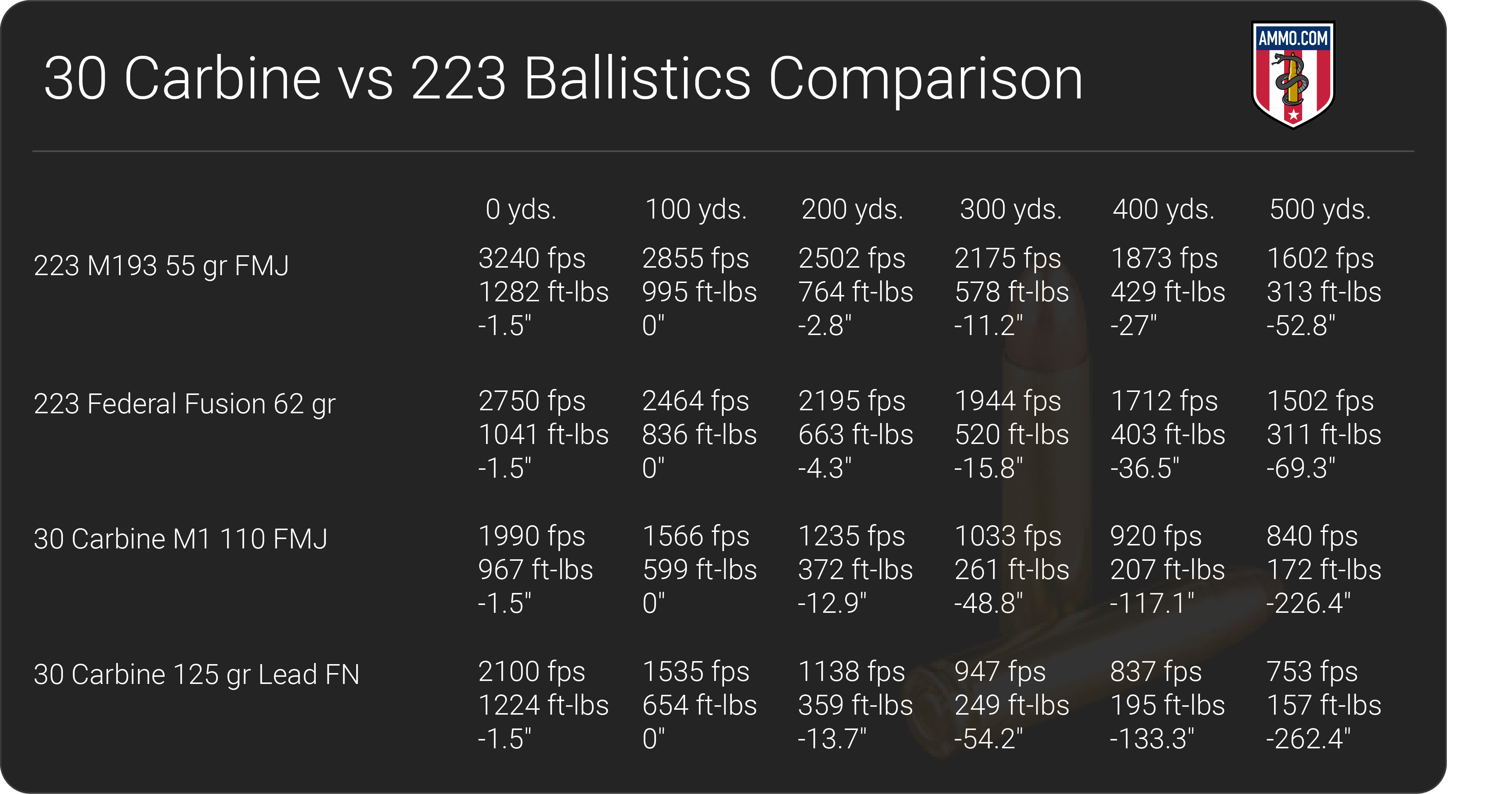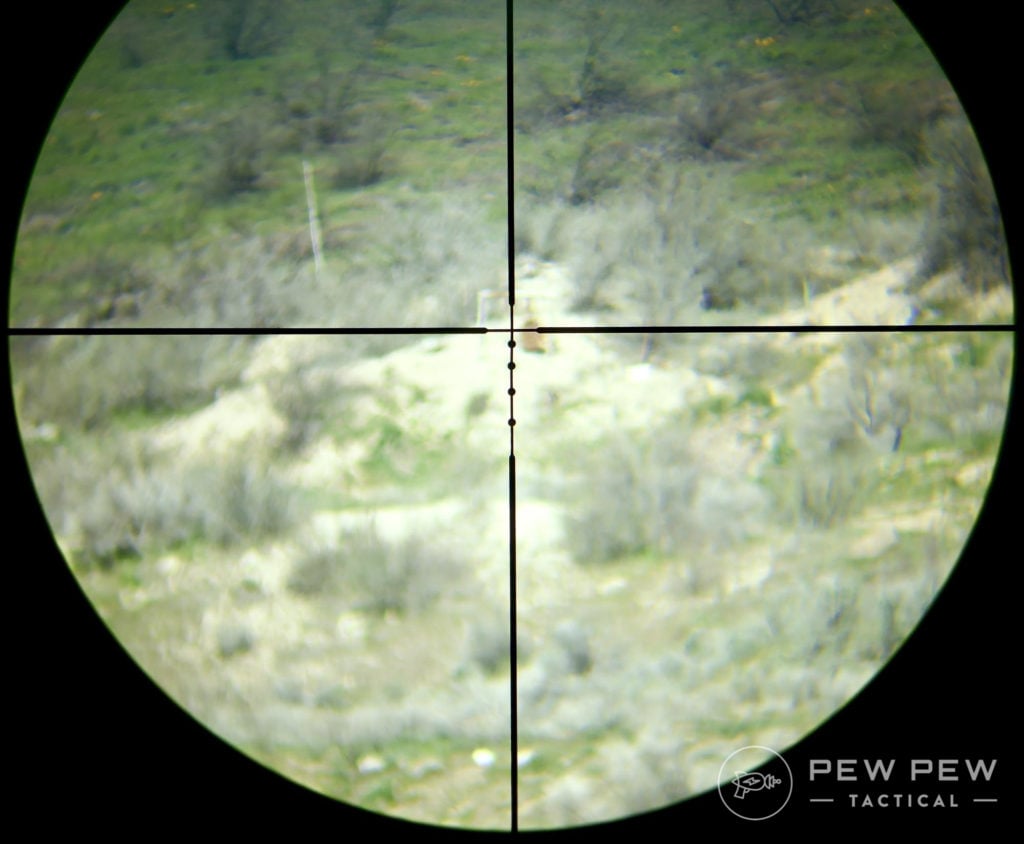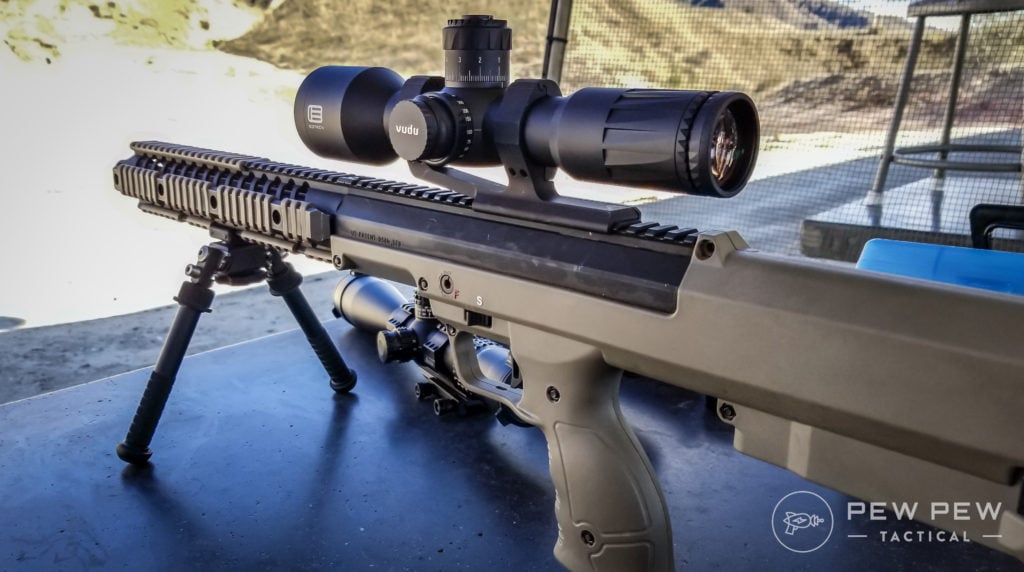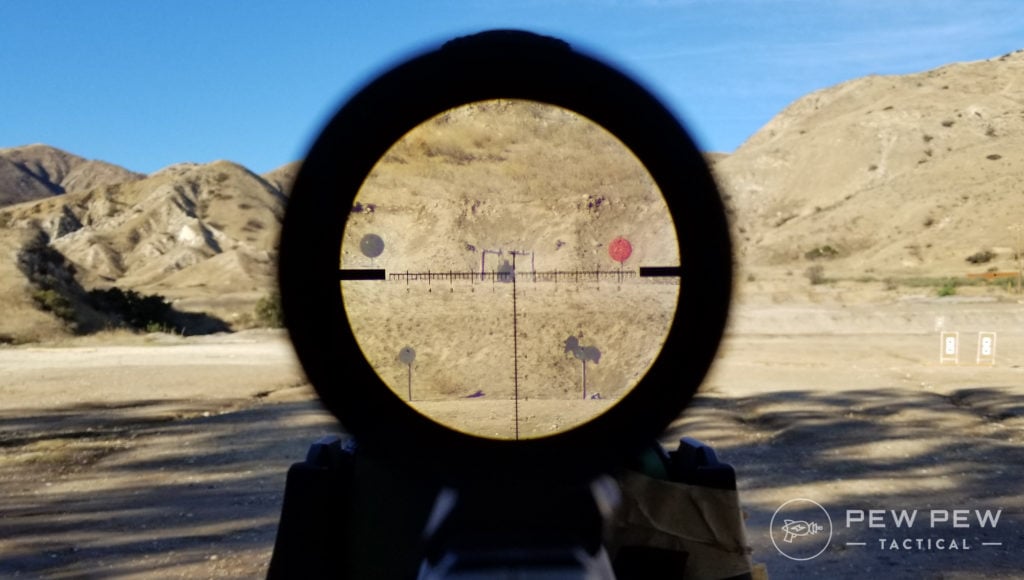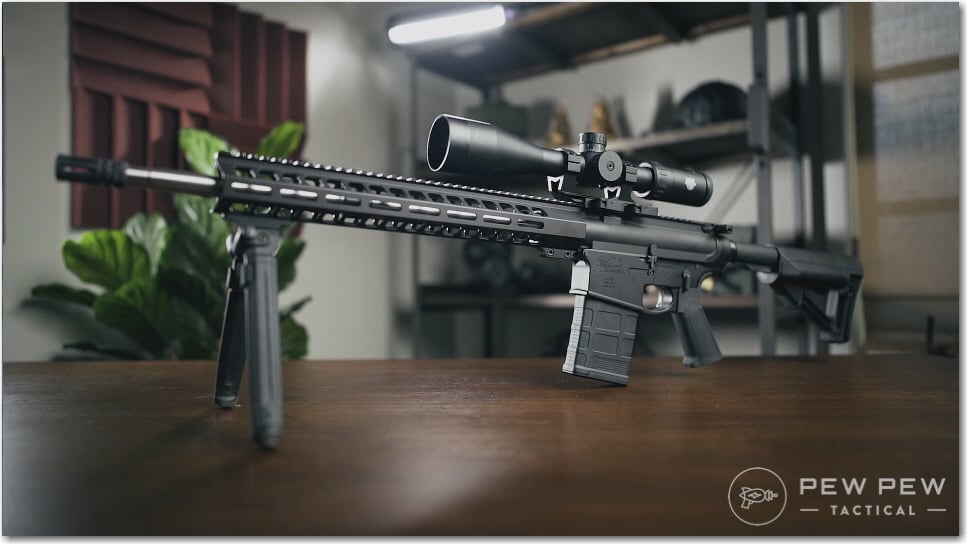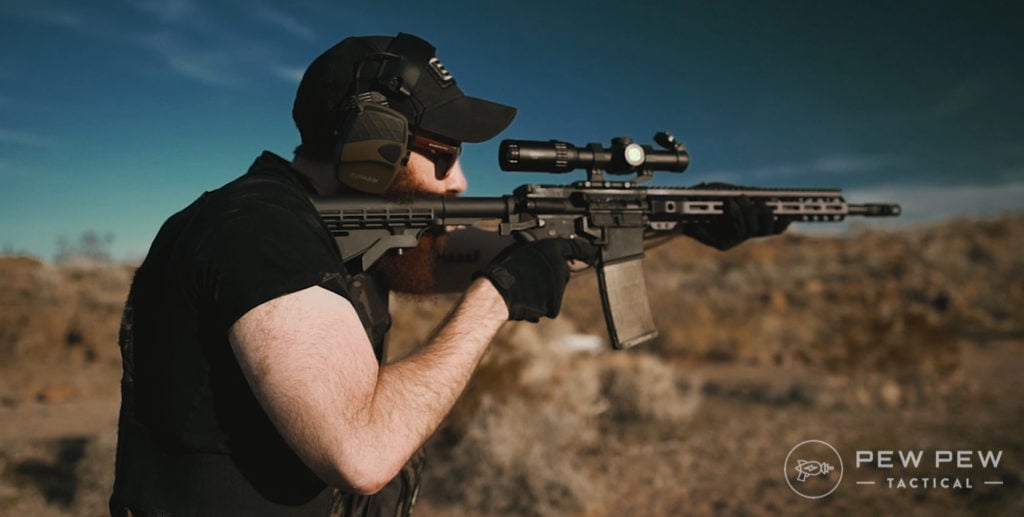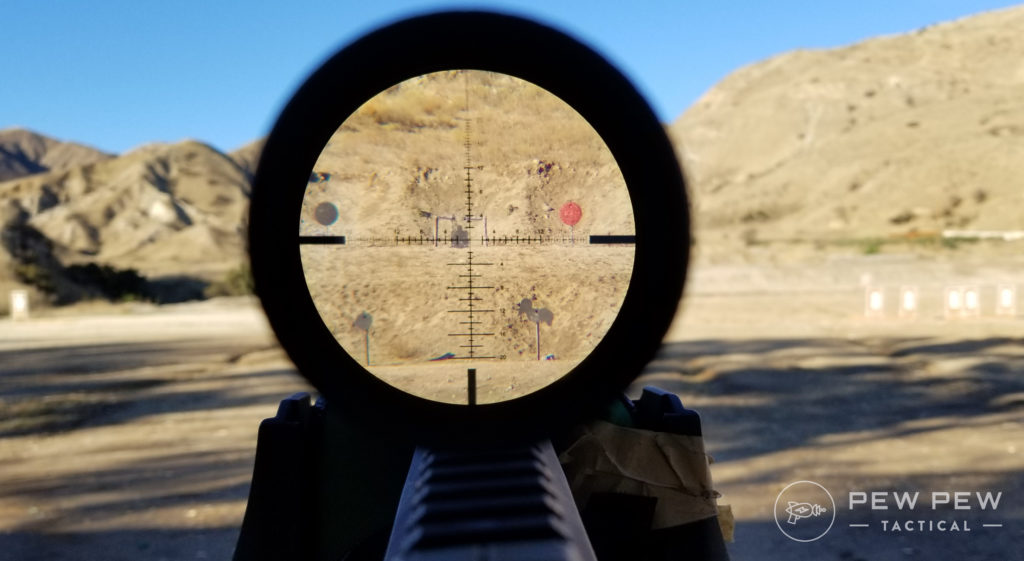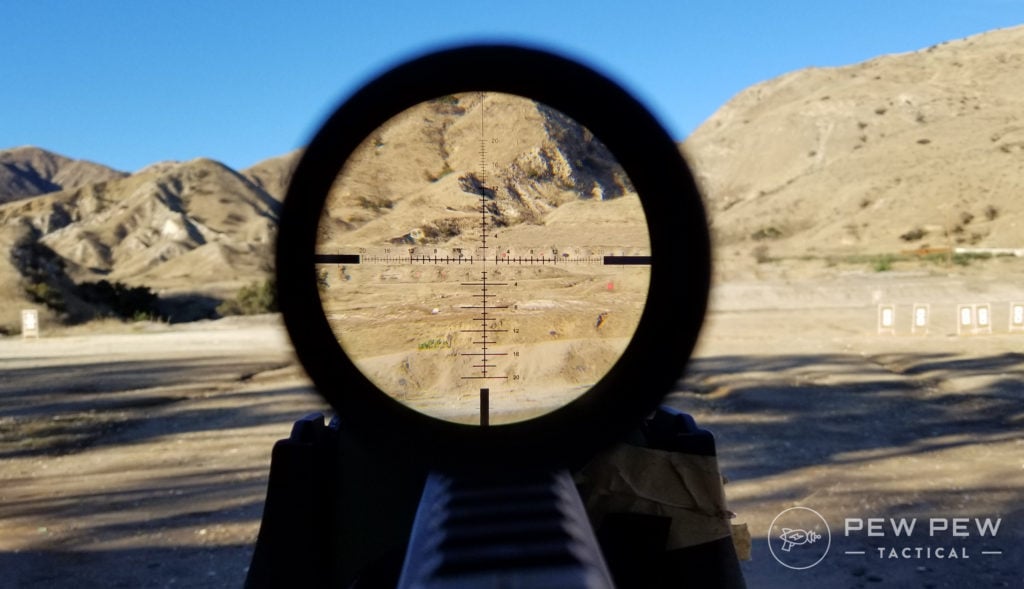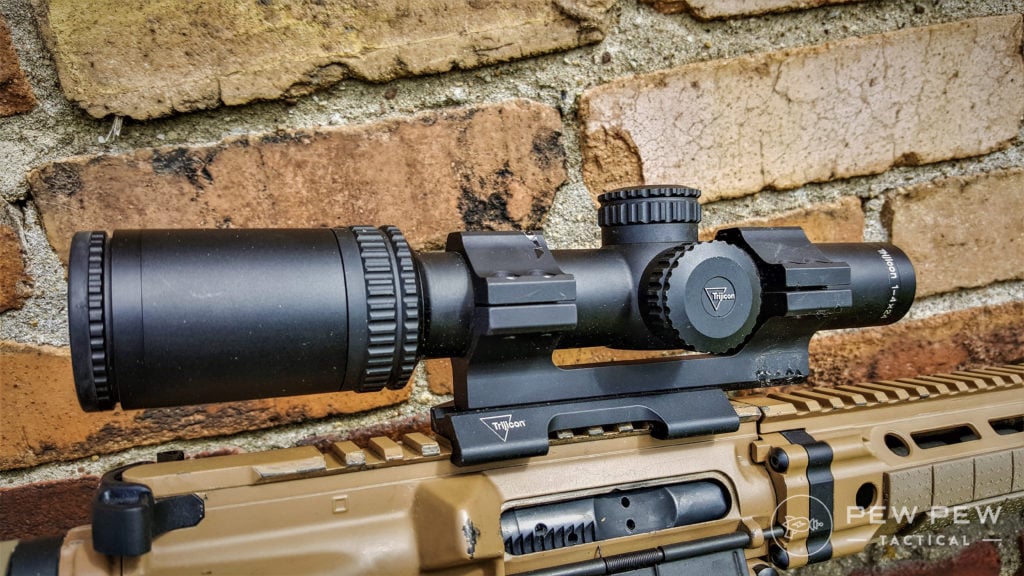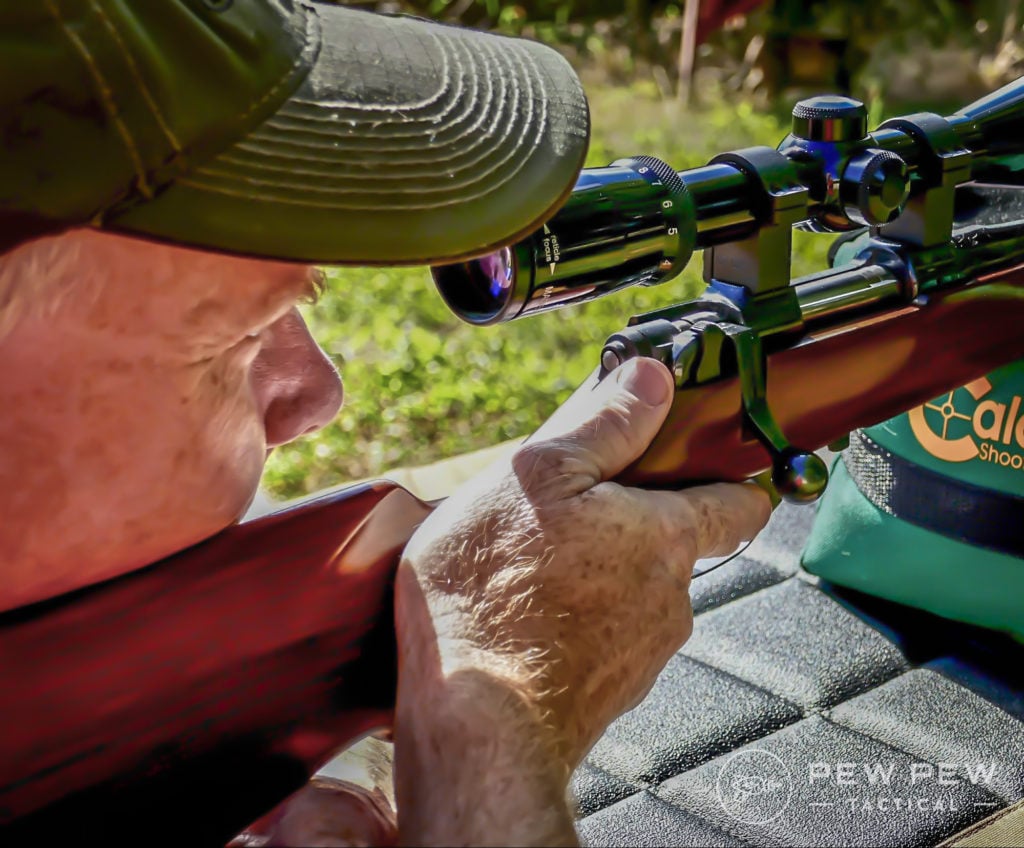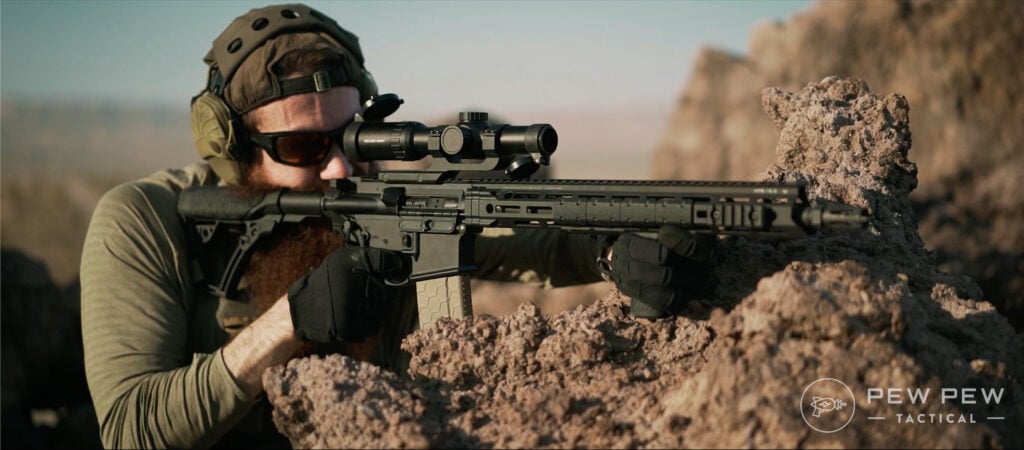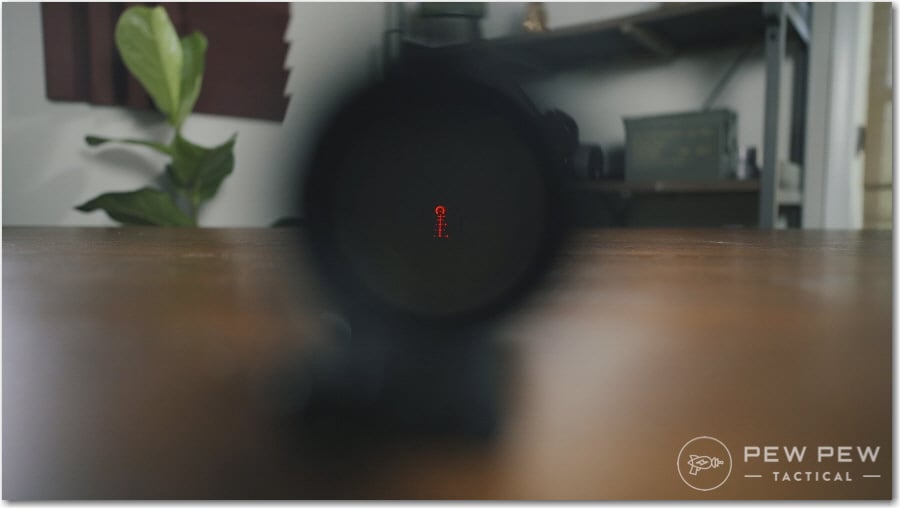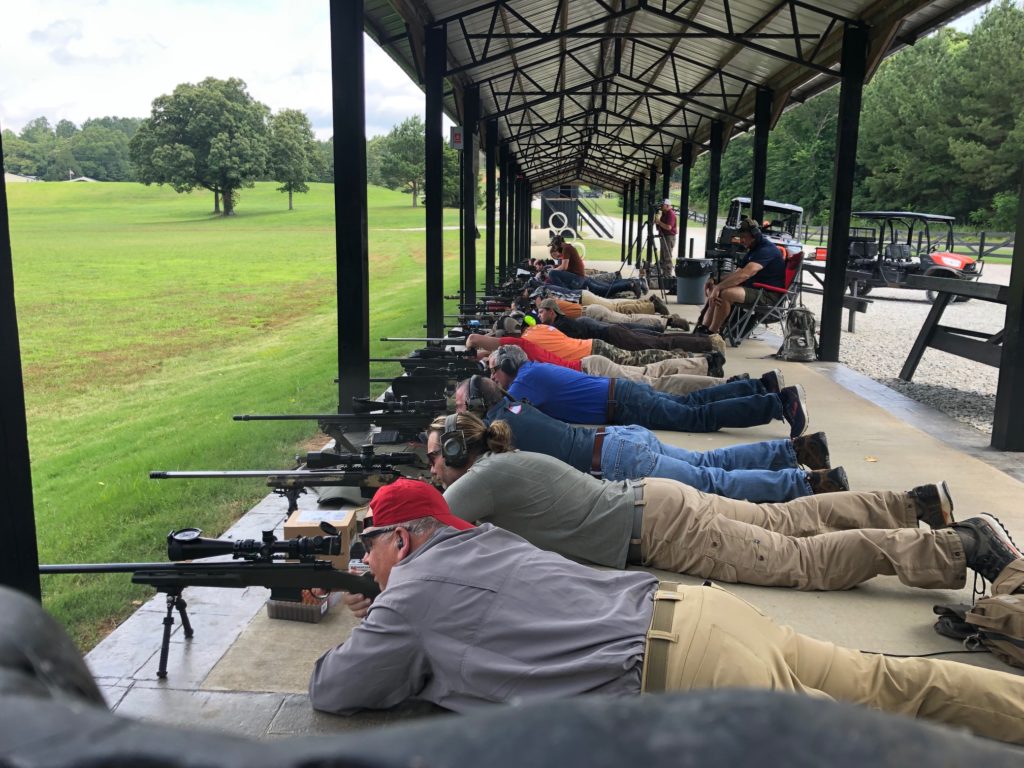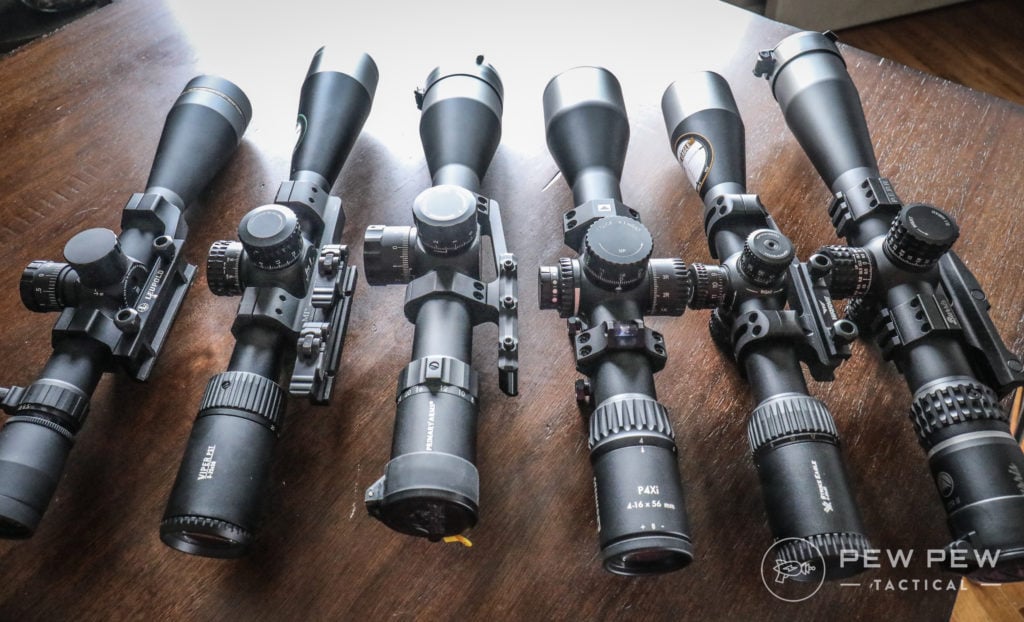Table of Contents
- What are the best 300 Win Mag rifles for hunting in 2024?
- Browning X-Bolt
- Winchester Model 70 Super Grade
- Savage 110 Apex Hunter XP
- Tikka T3x Lite
- Bergara B-14 HMR Wilderness
- Nosler M21
- Browning Automatic Rifle
- Enjoy this article on the best 300 Win Mag rifles for hunting in 2024? Please share it with your friends on Facebook and Twitter.
- NEXT: HOW 11 BEST HUNTING EAR PROTECTION OPTIONS FOR HUNTERS
- NEXT: 7mm REM MAG VS 300 WIN MAG: WHAT YOU KNOW MAY BE WRONG
What are the best 300 Win Mag rifles for hunting in 2024?
Originally designed in the 1960s by taking the legendary 375 Holland & Holland Magnum case and necking it down to shoot a .30 caliber bullet, the .300 Winchester Magnum remains one of the most popular centerfire rifle cartridges in use today. Not surprisingly, many companies like Browning, Christensen Arms, Remington, and Winchester produce a wide range of 300 Win Mag rifles for hunting deer, black bear, elk, moose, and other big game animals.
Essentially duplicating the performance of the old 300 H&H Magnum cartridge in a standard length action rifle, the 300 Win Mag was an almost instant hit among hunters and shooters in North America. Known for being relatively flat shooting, having great accuracy potential, and for retaining lots of kinetic energy at extended range, versatility is the name of the game with the 300 Win Mag.
In addition to use with competitive shooters and even in a few sniper rifles (Chris Kyle famously used the cartridge with a lot of success in Iraq), the 300 Win Mag is especially well suited for hunting a wide range of big game at short, medium, and even long range.
However, not all 300 Win Mag rifles are created equal and different situations require different characteristics in a rifle.
For instance, a heavier rifle with a longer barrel will work great for hunting whitetail deer or pronghorn in more open country that’s relatively flat or gently rolling. On the other hand, that same rifle would not be a lot of fun to carry high up in the Rocky Mountains hunting mule deer or elk.
Fortunately, there’s a wide variety of 300 Win Mag rifles well suited for just almost any big game hunting situation from Alaska to Zimbabwe. So, regardless of whether you’re planning on hunting moose and caribou in Alaska or Canada, elk in Colorado or Montana, or some other big game hunting adventure elsewhere in the world, there is pretty much guaranteed to be something for everyone on the list below of the best 300 Win Mag rifles for hunting.
In this article, I’m going to show you the best 300 Win Mag rifles for hunting elk, moose, deer, pronghorn, black bear and all sorts of other big game. I’ll also go over the pros and cons of each individual rifle and help you select the right one for your specific hunting situation.
Before we get started, here’s a disclaimer: some of the links below are affiliate links. This means I will earn a small commission if you make a purchase. This commission comes at no extra cost to you. This helps support the blog and allows me to continue to create free content that’s useful to hunters like yourself. Thanks for your support.
It’s also important to realize the rifle is just a single part of the equation. Even the best rifle won’t be of much use without a high quality scope and without appropriate ammunition. Learn more about what I consider the best scope, ammunition, and sling options for the 300 Win Mag at the links below.
Best 300 Win Mag Ammo For Hunting Elk, Deer, & Other Big Game
9 Reasons The Leupold VX-5 HD Is A Great Hunting Scope
11 Reasons The Leupold VX-6 HD Is An Even Better Hunting Scope
Best Hunting Rifle Slings For 2024
Now that we’ve got all that out of the way, let’s get started.
Browning X-Bolt

The Browning X-Bolt Speed is an outstanding 300 Win Mag rifle for hunters wanting a lightweight and easy to carry rifle that’s capable of great accuracy and has a reasonable price tag to boot.
Browning X-Bolt rifles in general are well regarded by many in the hunting community for their nice trigger, good accuracy, and for their very short 60° bolt lift that’s incredibly fast to cycle.
The X-Bolt Speed has all those characteristics along with a few other nice touches that set it apart from the rest of the pack like a composite stock with an Ovix camouflage pattern, a cerakote finish for corrosion resistance, a great recoil pad, and a 26” threaded barrel with a muzzle brake.
Tipping the scales at just under 7 pounds, this rifle is also pretty lightweight and easy to carry. However, the recoil pad and included muzzle brake will both reduce perceived recoil for the user. That muzzle brake may also be removed and replaced with a thread protector (included) or a suppressor.
The Browning X-Bolt does not come with a formal accuracy guarantee, but these rifles in general are known for outstanding accuracy right out of the box and 1 MOA groups with good quality ammo are not uncommon.
All in all, this is an excellent 300 Win Mag rifle with plenty of capability and a reasonable price tag. It should be right at home up in the mountains of Colorado pursuing elk or out on the open prairie of Wyoming in search of pronghorn where encounters with game at longer ranges are more common.
- Overall Length: 46.75″
- Barrel Length: 26″
- Length of Pull: 13.625″
- Weight: 6lbs 13oz
- Rifling Twist Rate: 1:10″
- Threaded Barrel: Yes, Muzzle Brake included (M13x0.75 thread pattern).
- Magazine Size: 3
- Accuracy Guarantee: No
- Left Handed Models Available: No, but the X-Bolt Hunter and Medallion are available in a left handed model in 300 Win Mag
- MSRP: $1,379
BUY A BROWNING X-BOLT SPEED HERE
Also Available At: Sportsman’s Warehouse
Winchester Model 70 Super Grade

A hunter looking for a 300 Win Mag rifle with a good mix of elegance and functionality would be hard pressed to beat the Winchester Model 70 Super Grade. While a rifle with a synthetic stock and cerakote finish may be very functional, those rifles often don’t look nearly as nice as a rifle with a walnut stock and a blued steel barrel and action.
Jack O’Connor was a noted fan of the Winchester Model 70 and current production Model 70s by the Winchester Repeating Arms Company incorporate a lot of the features and characteristics that hunters like him appreciated in the rifle. These rifles have a pre-64 style controlled round feed with a claw extractor for maximum reliability when feeding a new cartridge and extracting a fired cartridge.
This action type is ideal when hunting dangerous game like brown or grizzly bear where the ability to reload and quickly take a follow-up shot could be the difference between life and death. In my opinion, the best hunting rifles for pursuing dangerous game all have a controlled round feed action like the Model 70.
This rifle also has a fixed magazine using a hinged floorplate (in contrast to the detachable box magazines some rifles use). The Model 70 Super Grade also has an excellent Pachmayr Decelerator Recoil Pad to reduce perceived recoil.
Weighing 8.5 pounds unloaded, this is not an especially heavy or lightweight rifle. It’s a touch on the heavy side, but not excessively so. It wouldn’t be my first choice for a super light mountain rifle, but will work really well in that role.
Instead, I think the Model 70 Super Grade is an excellent 300 Win Mag hunting rifle for someone who wants a very stylish rifle that’s also well suited for a wide range of hunting situations ranging from mule deer and pronghorn all the way up to large game black bear, elk, and moose.
- Overall Length: 46.75″
- Barrel Length: 26″
- Length of Pull: 13.75″
- Weight: 8lbs 8oz
- Rifling Twist Rate: 1:10″
- Threaded Barrel: No
- Magazine Size: 3
- Accuracy Guarantee: No
- Left Handed Models Available: No
- MSRP: $1,589
BUY A WINCHESTER MODEL 70 HERE
Also Available At: Sportsman’s Warehouse
Savage 110 Apex Hunter XP

The 110 Apex Hunter XP by Savage Arms is one of the most reasonably priced 300 Winchester Magnum rifles currently available on the market. While Savage had a somewhat checkered reputation at one point, their rifles are generally highly regarded these days.
In fact, some Savage rifles are capable of absolutely tack driving accuracy and are used by lots of hunters with lots of success each year.
The Apex Hunter XP in 300 Win Mag has a 3 round detachable box magazine, a black synthetic stock that may be adjusted for length of pull, a user adjustable AccuTrigger (approximately a 2.5 to 6 pound trigger pull), and comes from the factory with a Vortex Crossfire II scope mounted on the included rail system.
Additionally, the 24-inch barrel is a good balance of long enough for good performance with the 300 Win Mag cartridge, but not so long that the rifle is unwieldy. In fact, the rifle is reasonably lightweight and is about as compact as possible for a rifle in that chambering.
Realize that you will take a small hit to your muzzle velocity by going with a 24″ instead of a 26″ barrel, but that tradeoff is worth it in some situations.
Savage also makes an identical version of the 110 Apex Hunter XP for left handed shooters. So, this rifle is a great choice for someone looking for the best left handed 300 Win Mag rifle.
This is not a high end custom rifle and it lacks a lot of the bells and whistles other, more expensive rifles have. However, the Savage 110 Apex Hunter XP is a very functional rifle that will work well for someone with a smaller budget who wants a good all-around 300 Win Mag hunting rifle.
- Overall Length: 44.875″
- Barrel Length: 24″
- Length of Pull: 13.75″
- Weight: 8lbs 1oz
- Rifling Twist Rate: 1:10″
- Threaded Barrel: No
- Magazine Size: 3
- Accuracy Guarantee: No
- Left Handed Models Available: Yes
- MSRP: $709
BUY A SAVAGE 110 APEX HUNTER XP HERE
BUY A LEFT HANDED SAVAGE 110 APEX HUNTER XP HERE
Also Available At: Sportsman’s Warehouse
Tikka T3x Lite

Made in Finland, the Tikka Tx3 Lite is another really well designed, extremely functional rifle. These rifles have an excellent reputation for accuracy, durability, and reliability under really demanding conditions.
I wouldn’t say they’re the absolute best 300 Win Mag rifles available, but they’re still really darn good and are an outstanding value. These Tikka rifles fall into a similar category as the Savage 110 Apex Hunter I just mentioned: no frills, reasonably priced, and very functional.
The Tikka T3x is a little more expensive, but it’s also just a generally nicer rifle. The Tikka is also a little lighter and more compact. It’s also available in a left-handed version. The Tikka also has an adjustable trigger. So once again, the Tikka T3x Lite is a great choice for a southpaw looking for a great left handed 300 Win Mag rifle.
Nothing against the Savage 110, but I really like the Tikka T3x Lite and this is where I’d steer a hunter wanting a great all-around 300 Win Mag hunting rifle that’s available at a reasonable price. There’s a reason why this is such a popular rifle with hunters in Europe as well as North America.
- Overall Length: 42.6″
- Barrel Length: 24.3″
- Length of Pull: 13.75″
- Weight: 6lbs 8z
- Rifling Twist Rate: 1:10″
- Threaded Barrel: Yes (M15x1 thread pattern).
- Magazine Size: 3
- Accuracy Guarantee: Yes (1 MOA)
- Left Handed Models Available: Yes
- MSRP: $779
BUY A TIKKA T3x LITE HERE
Also Available At: Sportsman’s Warehouse
Bergara B-14 HMR Wilderness

Bergara is known for producing extremely accurate rifles and very high quality barrels.
The B-14 HMR Wilderness combines those attributes with a high end, mini-chassis molded into the adjustable stock. HMR stands for Hunting and Match Rifle, which is a great description of the capabilities of this particular rifle.
The stock is has an adjustable comb to bring the shooter’s eye in perfect alignment with the scope and is also adjustable for length of pull via spacers in the stock to fit shooters of varying sizes. The stock also includes quick detach flush cups for a sling (and also has regular sling swivels).
The Wilderness Series of rifles use hand-painted camouflage stocks with increased texture and grip. Their actions and barrels are also have a Sniper Grey Cerakote® finish for protection from the elements in harsh weather.
This rifle also has an excellent Bergara Performance Trigger and a 5 round AICS style detachable magazine. Of note, this rifle has one of the largest magazine capacities for any 300 Win Mag rifle (3-4 rounds is typical).
The Bergara B-14 HMR Wilderness 300 Win Mag rifle has a 26″ long #6 Bergara barrel with an omnidirectional and multi-ported muzzle brake to reduce perceived recoil.
Not surprisingly, this rifle is a real shooter and Bergara has a 1 MOA accuracy guarantee with these rifles. Longer barrels will often (though not always) deliver higher muzzle velocities. So that long, 26″ long barrel will also help maximize velocity and downrange performance from the heavy hitting 300 Winchester Magnum cartridge as well.
The downside of this rifle is that it’s on the heavy side at 9.9 pounds.
It will be an outstanding shooting platform for long-range shooting, but won’t be a lot of fun to carry for really long distances in rough terrain. For that reason, those looking for an extremely lightweight 300 Win Mag rifle for mountain hunting should probably look elsewhere.
This is an absolutely perfect 300 Win Mag hunting rifle for those hunting in more open and/or gently rolling terrain where a stable shooting platform and the best long range performance are more important than a lightweight and easy to carry rifle.
Get the Bergara if you want a great rifle with a long effective range. Go with something else if that’s not what you’re looking for.
- Overall Length: 47.5″
- Barrel Length: 26″
- Length of Pull: Adjustable from 12.25-14.5″
- Weight: 9.9lbs
- Rifling Twist Rate: 1:10″
- Threaded Barrel: Yes, Omni Muzzle Brake included (5/8-24″ thread pattern).
- Magazine Size: 5 Round AICS Detachable Magazine Provided
- Accuracy Guarantee: Yes, 1 MOA with quality factory match grade ammunition
- Left Handed Models Available: Yes, the standard Bergara B-14 HMR is available in a left handed model in 300 Win Mag
- MSRP: $1,260
BUY A BERGARA HMR WILDERNESS HERE
Also Available At: Sportsman’s Warehouse
Nosler M21

The Bend, Oregon based Nosler Inc. has developed a reputation for producing great ammo over the years. However, Nosler also makes some high end rifles and their M21 is their latest addition to the Nosler rifle brand.
Like their older M48 rifles, the Nosler M21 is designed to provide hunters with a feature rich production rifle with performance approaching those delivered by custom builds.
Nosler partnered with the Mack Brothers from South Dakota to design the M21 action, which is based on the Mack Brothers’ EVO action with a few customizations from Nosler. The rifle uses a one piece, spiral fluted, and Nitride coated bolt made from 4340 Chrome Moly steel. The result is a sleek, lightweight, and corrosion resistant bolt that’s also optimized for reliability under demanding conditions.
The M21 rifle has a crisp, single stage TriggerTech trigger that’s user adjustable from 2.5 to 5 pounds.
All M21 rifles use a Shilen match grade stainless steel barrel that’s hand lapped and comes with a threaded muzzle (thread protector included). Finally, the rifle also uses a McMillan Hunters Edge synthetic carbon fiber stock that’s both lightweight and extremely durable.
The end result is a rifle that’s incredibly accurate (Nosler has a 1 MOA accuracy guarantee with these rifles), reliable, functional, and reasonably lightweight. These rifles also look pretty nice as well.
Weighing just over 7 pounds unloaded and without a scope, this is not an especially lightweight or heavy rifle. Instead, it fits right in that sweet spot where it’s heavy enough to be a good shooting platform without being so heavy that it would be a pain to carry on a hunt in rough terrain.
Those looking for an extremely lightweight 300 Win Mag rifle for mountain hunting or a heavier rifle optimized for really long range shooting should probably look elsewhere.
All things considered though, the Nosler M21 is an outstanding 300 Win Mag rifle for hunting a variety of big game. In fact, this is the rifle I’d recommend for a person looking for a high performance, all-purpose 300 Win Mag hunting rifle with the best combination of reliability, accuracy, and performance under a wide range of possible hunting situations.
- Overall Length: 44.5″
- Barrel Length: 24″
- Length of Pull: 13.5″
- Weight: 7.1lbs
- Rifling Twist Rate: 1:10″
- Threaded Barrel: Yes, thread protector included (5/8-24″ thread pattern).
- Magazine Size: 3
- Accuracy Guarantee: Yes, 1 MOA with Nosler factory ammunition
- Left Handed Models Available: No
- MSRP: $2,795
BUY A NOSLER M21 HERE
Also Available At: Sportsman’s Warehouse
Browning Automatic Rifle

Looking for a 300 win mag semi-auto rifle? You don’t have many choices, but the Browning Automatic Rifle (also known as the BAR) is a really good option for those who want an autoloading instead of a bolt action rifle.
Even though they share the same name, this rifle is completely different from the BAR used by American troops in World War II. Modern BARs are designed for hunting use and utilize a short stroke gas piston, a hammer forged barrel, and a 3 round detachable magazine. It’s also drilled and tapped for a scope.
While this semi-automatic rifle is probably not going to be as accurate for you as typical bolt action rifles (like the Browning X-Bolt for instance), it’s still plenty accurate. It also offers an almost instant follow-up shot to the hunter as well, making it a good rifle option for situations where that’s ideal (like feral hog hunting).
Though it will work great out to several hundred yards, the Browning Automatic Rifle is not designed for long range precision work. Instead, this semi-auto 300 Win Mag rifle is best for hunters who want a rapid follow up shot on game at closer range and it will work great in that role.
- Overall Length: 46.125″
- Barrel Length: 24″
- Length of Pull: 13.325″
- Weight: 7.5lbs
- Rifling Twist Rate: 1:10″
- Threaded Barrel: No
- Magazine Size: 3
- Accuracy Guarantee: No
- Left Handed Models Available: No
- MSRP: $1,499.99
BUY A BROWNING AUTOMATIC RIFLE HERE
Also Available At: Sportsman’s Warehouse
Make sure you follow The Big Game Hunting Blog on Facebook, Instagram, Twitter, and YouTube.








![Air gun 101: The differences between .177 & .22 – Which jobs they do best ? [Infographic]](https://airgunmaniac.b-cdn.net/wp-content/uploads/2024/11/1773-218x150.jpeg)













































